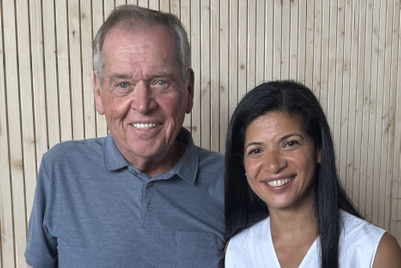
To disagree with using Chinese zodiac animal motifs for marketing around Lunar New Year is almost like disagreeing with using Santa Claus or Christmas trees for marketing around Christmas. As a professional working in communication and a mother of two, I feel it is partly our duty to pass on the value of important culture to the next generation. And the Chinese zodiac is undeniably part of our culture.
During Lunar New Year, campaigns usually ride on the auspicious and festive atmosphere, aiming either make the audience fall in love with the brand by spreading social goodwill, or to boost consumption. In general, what will happen during the rest of the year seems less relevant.
Having said that, I am not applauding those campaigns that simply paste the current zodiac’s animal motif (rooster for 2017) onto a product or play with some chicken-related puns in a headline. This format of Lunar New Year advertising has been used for as many years as I can remember: it will only make the brand another cliché. Or worse, ‘post-’90s’ consumers may get the impression it is a brand for grandmothers.
Let’s be honest, you’ve got to be pretty superstitious to put on a pair of bright-red Calvin Klein boxers with a golden rooster printed on them. From a woman’s perspective, that’s not exactly what I would call sexy — but maybe that’s just me.

Back to the millennials, the mainstream segment that most marketers have their eyes on. This is a generation that is more authentic, more true to themselves and more self-expressive. In order to connect with them and be perceived as a cool brand they can love, you simply need to speak their language. Merely slapping on an animal motif won’t cut it.
The question here is how we can use Chinese zodiacs differently while avoiding becoming just another outdated cliché, since there are popular cultural beliefs about what will happen during the Year of the Rooster for different horoscopes.
Personally, I think the ‘Uncle’s Friends’ influencer (同道大叔) is a good example of combining Chinese zodiac signs with Western astrology. It shows how you can turn an old (and everlasting) concept, such as horoscopes is, into something that is hot and popular on social media. This social media account on Weibo and WeChat specialising in horoscopes was founded in 2014 by a young man from Guangdong, part of the post-’85 generation. While content is mainly about horoscopes, it also touches on relevant social topics in a humorous manner. It has become hugely popular as its content gives young people a voice to whine and indulge in self-mockery on topics close to their hearts.
"The question here is how we can use Chinese zodiacs differently while avoiding becoming simply another outdated cliché"

Seeing how well Uncle’s Friends speaks the language of today’s youth, it’s no surprise how trendy it has become. In two years, this account has accumulated 30 million followers. Uncle’s Friends is now more than a social media KOL — it has evolved to be an IP of its own with an entire ecosystem built around it. It generated revenue of Rmb25 million in just the first half of 2016. It has opened a branded café in Shanghai and ran a pop-up carnival that lasted for more than a month. There is also a dedicated ecommerce site selling more than 3,000 items of merchandise.
As long as there are true human insight into the post-’90s generation and the right digital channels to execute on, I think our rooster doesn’t have to be an outdated asset this Lunar New Year. Don’t get me wrong, I am not saying it is a piece of cake. But I look forward to some Chinese New Year campaigns that can spike young people’s interest into this age-old tradition of ours.
Caroline So is the managing director of Leagas Delaney Shanghai.


.jpg&h=334&w=500&q=100&v=20250320&c=1)
.jpg&h=334&w=500&q=100&v=20250320&c=1)

.png&h=334&w=500&q=100&v=20250320&c=1)

.png&h=334&w=500&q=100&v=20250320&c=1)

.jpg&h=334&w=500&q=100&v=20250320&c=1)


.png&h=268&w=401&q=100&v=20250320&c=1)






